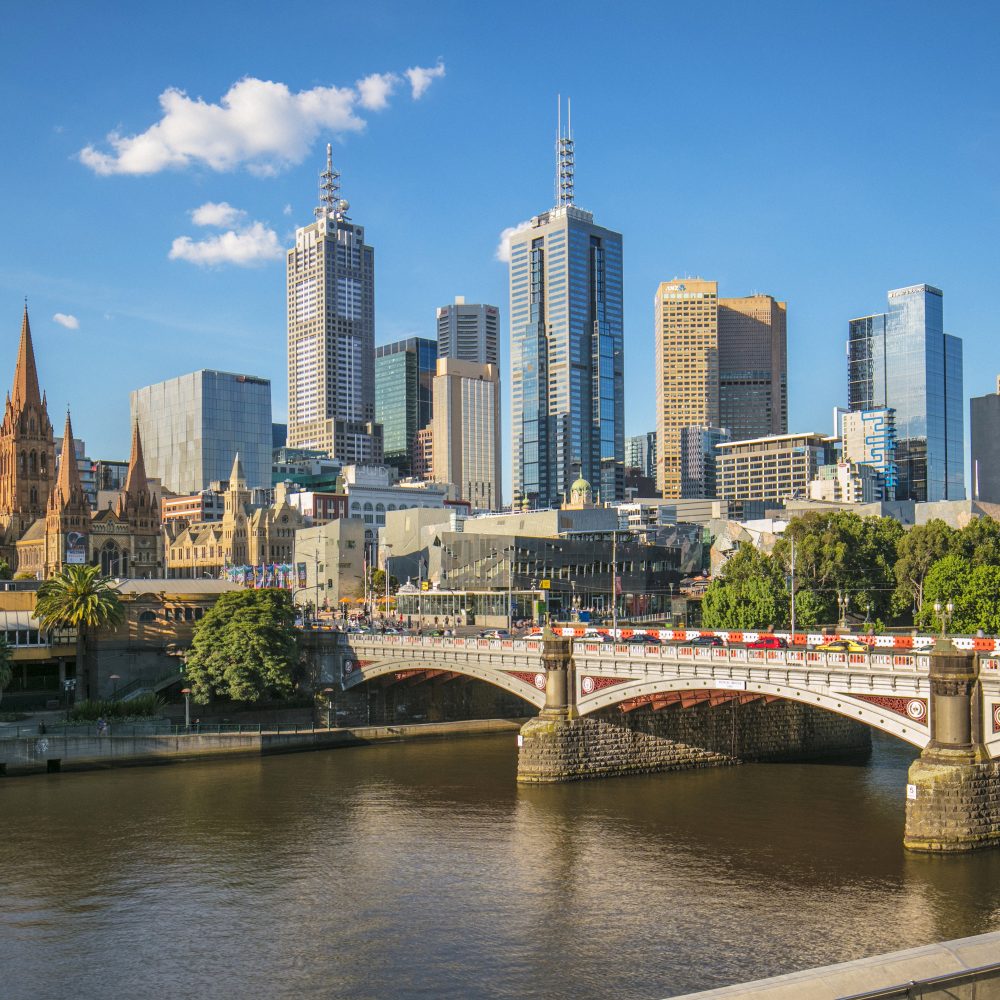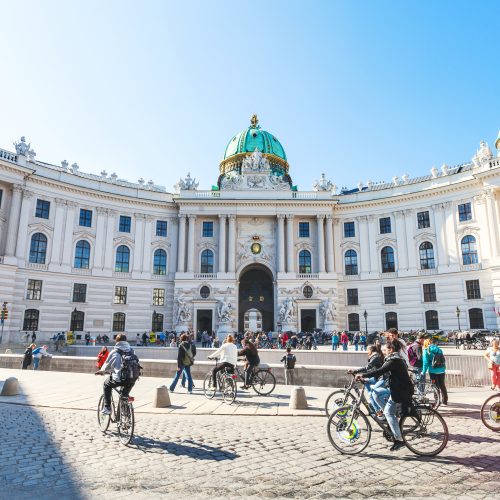Context and policy overview
In 2003 the city of Melbourne set out a roadmap to achieve net zero emissions by 2020.[1] The Sustainable Melbourne Fund (SMF) was established concurrently with the roadmap preparation in order to provide financial support to businesses implementing projects that have an environmental benefit. These projects include everything from solar, waste and water solutions to more innovative and complex measures such as waste to energy projects.[2]
The SMF furthers the city council’s sustainability goals, ensuring that the activities it funds create financial, social and environmental benefits.
In 2016, the fund was valued at AUD 15.6 million, including an initial investment of AUD 5 million in equity and a further AUD 10 million debt facility.[3] This success led to national expansion of the programme. In 2019, the fund was recapitalised and expanded across Australia with increased investment, becoming the Sustainable Australia Fund.[4]
The fund allows both tenants and property owners of small and medium-sized enterprises (SMEs) to obtain up to 100 per cent finance, with repayments made through the local council (often through property rates). This enables a business to get an immediate boost to its profits through a reduction in energy bills, while property owners benefit from capital growth to their building. Loans of up to AUD 500,000 are provided for individual projects that deliver environmental and economic benefits.
Implementation
A key component of the SMF programme involves financing packages that are designed to overcome the hurdle of owners lacking credit. The Environmental Upgrade Finance (EUF), for instance, is a flagship product developed for the programme and administered by the SMF.
The EUF is an agreement between parties – the owner of the building, a financial institution and the city of Melbourne. The financial institution lends money to the building owner, and the city uses rates and/or taxes to collect the loan repayments and return these funds to the lender. The loans are specially designed to include fixed interest rates and repayment periods of up to 20 years. Importantly, the charge is fixed to the building and can be passed on to the next owner if the building is sold.[5]
As a further option, retrofitting costs (in other words, the loan) can be shared between the owner and the tenant as a way of overcoming the split-incentive dilemma, whereby the owner pays for an upgrade and the tenants benefit from lower energy expenses.[6] The SMF also developed a simple application process for SMEs that does not require consent or approval from the existing financiers of the properties.
Barriers and critical success factors
Developing new products and services of this type requires a sound understanding of where market gaps exist. The SMF studied the market, produced novel revenue models, went beyond the simpler goal of stimulating economic activity in the sustainability sector and created scalable products and services.
When a city operates a climate fund it can require substantial resources. Frequently, the city will also depend on partner organisations to help in particular technical or specialist areas such as creating communications and sales strategies. For example, the SMF partnered with ClimateWorks Australia to create the Better Building Finance website.[7]
Communications and public relations are also critical in the creation of climate funds. It is also vital to sell as much of the financial package as possible.[8]
Results and lessons learned
- The SMF has directly invested more than AUD 16.9 million (US$ 12.5 million equivalent) in building retrofits, district or neighbourhood innovations, renewable energy systems, software technology and lighting solutions.
- Cumulatively, these investments have led to GHG reductions that exceed 245,000 tonnes. The SMF reinvests the returns and co-finances projects with other banks. Altogether, this work has resulted in more than AUD 26 million (US$ 19.2 million) of projects in energy efficiency and renewable energy.[9]
Councils can play a key role as facilitators between tenants, property owners and financial institutions. Melbourne has demonstrated a role for councils in developing new financial products and services that meet the needs of disparate groups. The council found that the SMF’s administrator role in environmental upgrade agreements was cost effective and aligned with the preferences of the industry’s key actors.
















